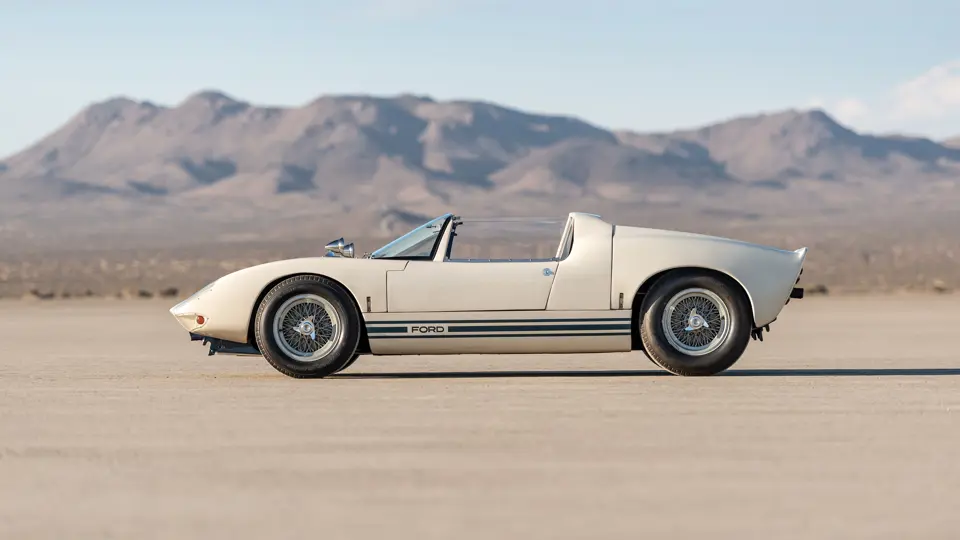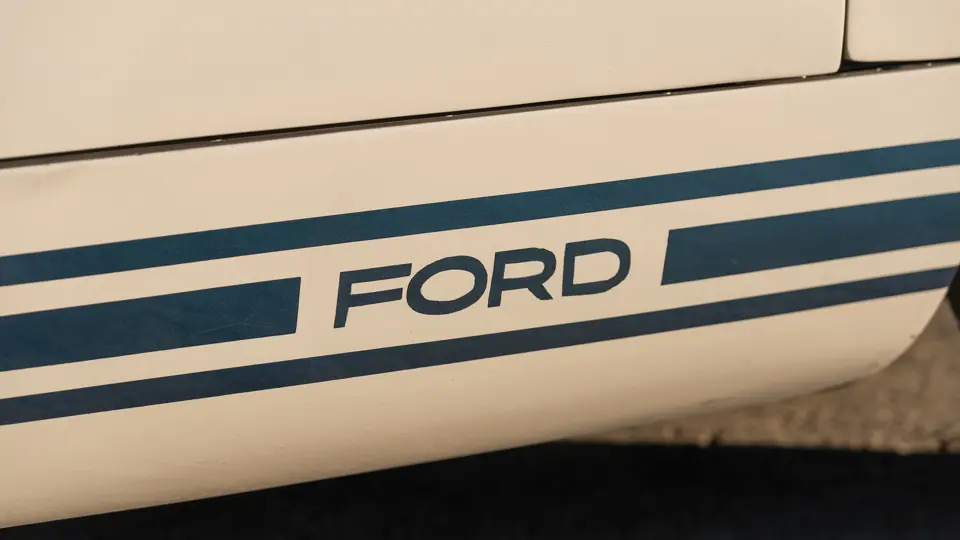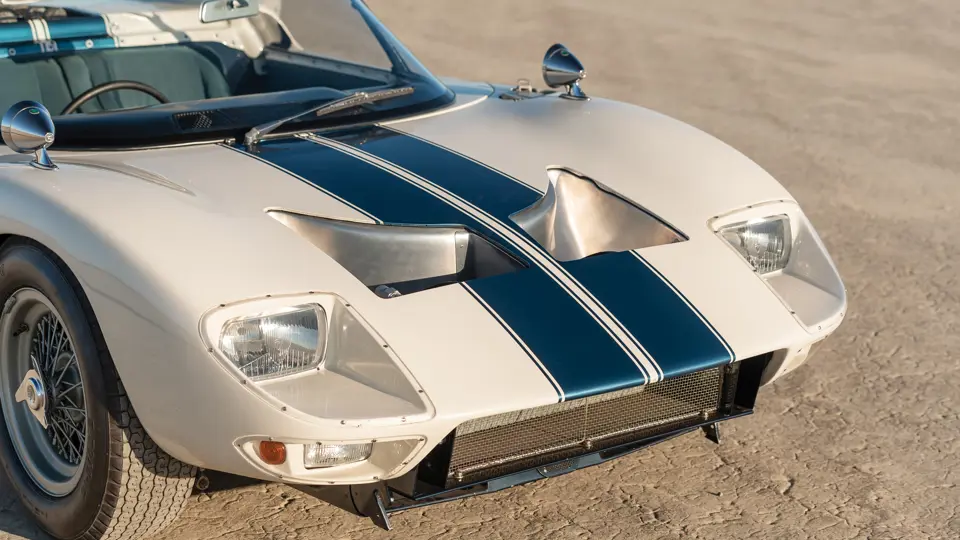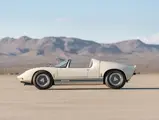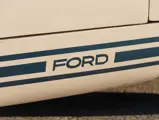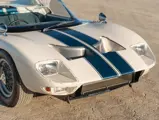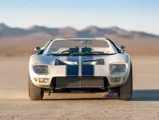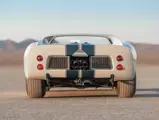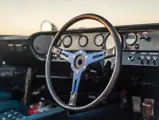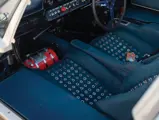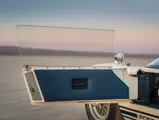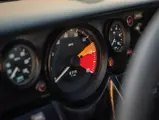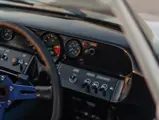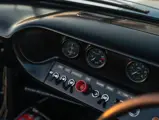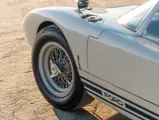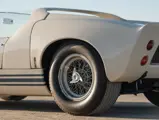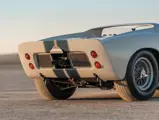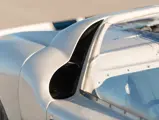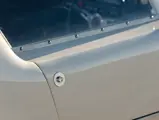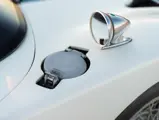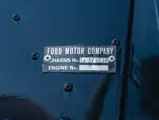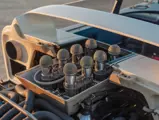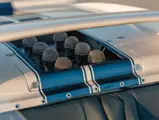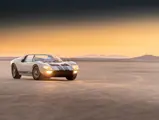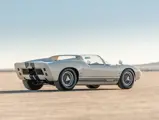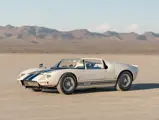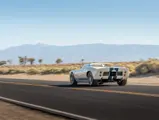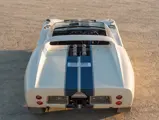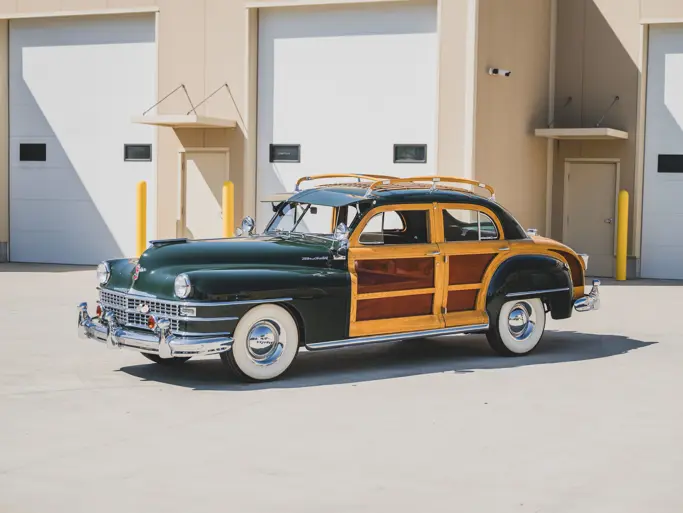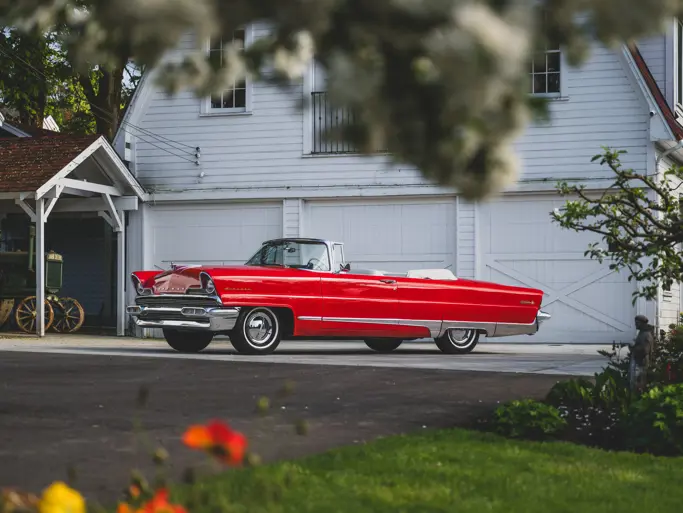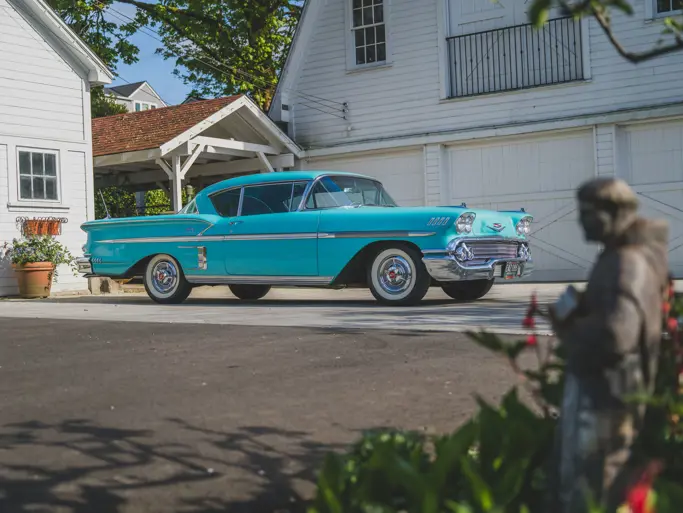
1965 Ford GT40 Roadster Prototype
{{lr.item.text}}
$7,650,000 USD | Sold
{{bidding.lot.reserveStatusFormatted}}
- The first of five GT40 roadsters built
- The eighth of twelve GT40 prototypes
- The only roadster known to have continually survived in its original form
- Built for Shelby American as a test and development car
- One of two GT40 chassis used by Kar Kraft for J and X series development
- Driven by legendary drivers, including Ken Miles, Carroll Shelby, and Jim Clark
- Awarded at the 2003 Pebble Beach Concours d’Elegance
- Presented at the 2017 Quail Motorsports Gathering and 2018 Pebble Beach Concours d’Elegance
- Well-documented provenance, including 22 years of care by the former owner
- One of the finest, most original, and rarest examples of Ford’s iconic race car
THE FORD GT ROADSTER
Few automobiles have achieved such status as the Ford GT40. Detroit’s first purpose-built prototype-class race car, developed to beat Ferrari, famously went on to win the 24 Hours of Le Mans for four consecutive years. While the GT40’s dominating competition record is justifiably celebrated, scrutiny is perhaps less frequently given to the model’s early development cars, which included a small batch of roadsters.
The bulk of GT40 output consisted of a run of 87 production examples whose serial numbers began with a P prefix. Prior to this group, however, twelve prototypes were built with sequential serial numbers starting with a GT prefix. This fabulously rare roadster is the eighth of those twelve prototypes. Chassis no. GT/108 is additionally the first of only five roadsters built, and the first of four that were mounted on a purpose-built steel roadster-specification chassis. This car is furthermore believed to be the very first example built at the Ford Advanced Vehicles (FAV) plant that was created in Slough, UK, after the exit of Lola’s Eric Broadley from the GT design team.
The rare roadster-spec chassis was received at FAV from the builder Abbey Panels in October 1964, and construction commenced on 2 November. By March 1965 the car was completed, equipped with a Cobra-specification Ford 289-cubic-inch engine mated to a Colotti T-37 transaxle, and mounted with the very first roadster body, which featured new Len Bailey design cues such as a modified nose and raised rear-pillar intakes. Finished in white and mounted with Borrani wire wheels (6.5 inches wide up front and 8 inches at the rear), the roadster was tested at Silverstone in March 1965 in tandem with one of the prototype coupes. John Wyer supervised, while Sir John Whitmore and Dickie Atwood took turns at the wheel.
According to the research of GT40 expert Ronnie Spain, the roadster prototype was invoiced from FAV to Shelby American on 8 March 1965, with the caveat that it was only a “temporary importation for test purposes.” Carroll Shelby, of course, made a career out of flirting with the edges of rules, so it should come as no surprise that he intended to retain the car for as long as he could. After being shipped to Shelby’s famed shop in Venice, California, a Shelby American work order dated 4 April 1965 instructed the staff to “perform necessary repairs and mods to GT/108.”
GT/108: PROMOTIONAL TOUR
The roadster was then briefly used for exhibition and promotional purposes by Shelby’s Cobra team, accompanying them to the USRRC races at Riverside, California, on the weekend of 30 April and Laguna Seca in early May. At the latter event, Shelby team driver Ken Miles took the wheel for some demonstration laps, and he again drove the car during testing and development work at Riverside in preparation for the GT40’s first run at Le Mans. On 3 May Shelby displayed the roadster at the 3rd Annual South Course Concours d’Elegance in Newport Beach.
GT/108 resumed its promotional duties in early June at the Shelby headquarters on Imperial Highway, adjacent to the runways of LAX airport. Shelby was hosting a meeting of Ford’s board of directors, and as part of their visit, the various board members received a passenger-seat drive experience in the roadster with Ken Miles at the wheel, dressed in coat and tie for the occasion. When it came time for Henry Ford II’s turn, Carroll Shelby took over driving duties, and this occasion is believed to be the only instance of the famed Ford director ever riding in a GT40. It is rather noteworthy, considering that in due time Henry II would invest an inordinate amount of corporate resources into the GT40, ultimately accepting any price to achieve victory.
In late July 1965, Ken Miles tested the roadster at Riverside again, this time with Sports Car Graphic writer Jerry Titus in tow. Titus shared his favorable impressions of the GT40 in the magazine’s October issue, also covering its August appearance at Candlestick Park as a pace car for a 28-entry A-C Production Class race. Shelby team driver Lew Spencer drove the pace car with such zeal that he nearly beat the actual competitors, later rationalizing, “I can’t help it. That thing is such a ball to drive!”
After being taken under consignment by Hayward Motors in San Francisco in August 1965, the roadster crossed the country for demonstration at Watkins Glen during the United States Grand Prix in October, at which point the nose and hood had been refinished in matte black paint. Formula 1 points leader and eventual champion Jim Clark was on hand to indulge in a few laps, and this is believed to be the only time the legendary Lotus champion ever drove a GT40.
In late October GT/108 was delivered to Kar Kraft, and it became one of two GT40 examples employed as test cars for the J and X series then under development, which became the basis of the Mark IV iteration that claimed victory at Le Mans in 1967. Briefly used then as a promotional car for a Ford dealership in Milwaukee, the roadster was stored at Kar Kraft for several years before being sold in July 1969 to George Sawyer, one of the specialty builder’s employees. With assistance from Kar Kraft co-workers, Sawyer freshened the car for road use, including the installation of a rebuilt 289-cubic-inch engine and a ZF transaxle taken from the prototype Mach 1.
CONTEMPORARY HISTORY
By 1978 the GT40 was owned by the well-known dealer Harley Cluxton, and he sold the car to John Robertson of Big Fork, Montana, who reverted the nose to white and added black Le Mans stripes.
After passing through Cluxton’s possession again in 1983, the Ford was purchased by Tom Congleton of Mission Hills, Kansas, and he commissioned a full mechanical restoration, notably retaining the original specifications as much as possible. Due to his refusal to upgrade the GT40 in any way, the car managed only average finishes at various vintage events, but the owner wisely deemed originality to be more important. During this period the car was featured on the cover of The Shelby American #51 and enjoyed coverage in an April 1984 issue of Autoweek. It was also displayed at the SAAC meet at Dearborn in July 1984 and the 25th Anniversary GT40 Reunion at Watkins Glen in September 1989.
In 1992 the exquisite GT roadster came into long-term ownership when it was acquired by a respected collector based in the Pacific Northwest. Under his care, the GT/108 received a substantial mechanical freshening in 2003 by the esteemed Phil Reilly and Company in Corte Madera, California. The car was also occasionally presented at niche events, including the 1994 SAAC meet at Road America, the 2003 Pebble Beach Concours d’Elegance (where it won a class award), the 2010 Quail Motorsports Gathering, and the 2013 Amelia Island Concours d’Elegance.
After 22 years of dedicated care, the prior owner offered the roadster prototype for sale in 2014, noting, “GT/108 is a great dual-purpose car. The open-roof ‘Roadster’ provides superior visibility and excellent ventilation, and with GT/108’s removable insulation, it provides the best conditions for both rally and vintage race car drivers to remain cool and enjoy all facets of the driving experience.”
Acquired then by the consignor, GT/108 has continued to benefit from dedicated care as needed while being exhibited at prestigious events like the 2017 Quail Motorsports Gathering and again at the Pebble Beach Concours d’Elegance in 2018. Ideal for further concours display or vintage event use, this important prototype roadster claims rarity and historical connections with several racing luminaries. It would crown most any sports car collection, offering an indelible component of the GT40 legend for Ford connoisseurs and Le Mans enthusiasts alike.

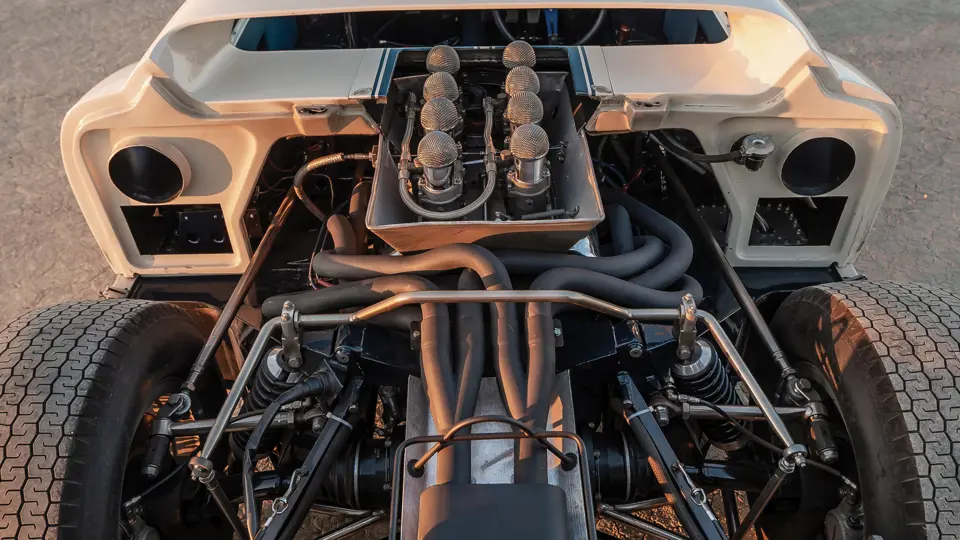
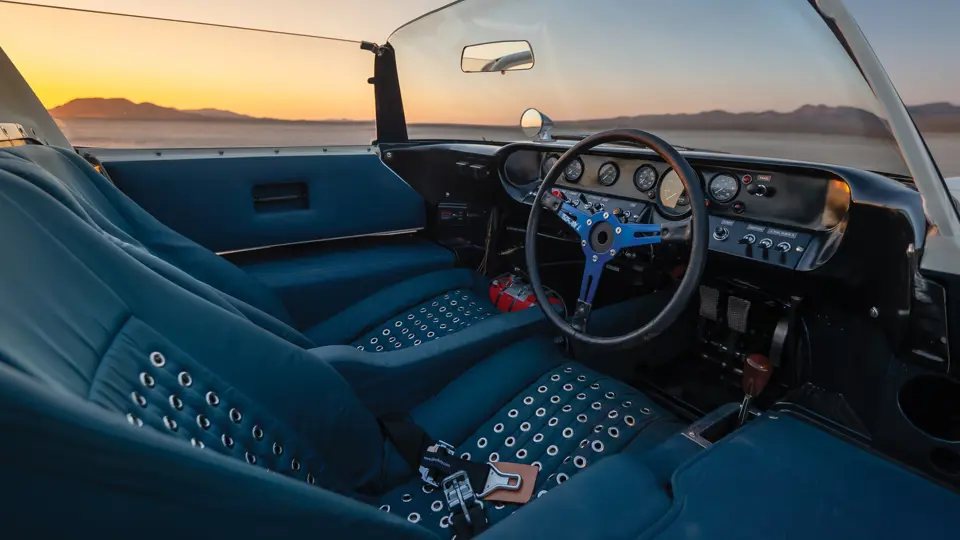

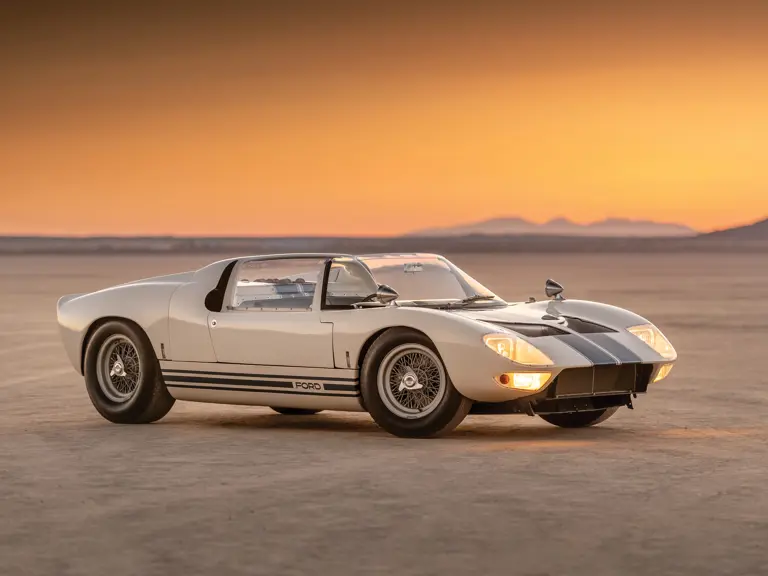
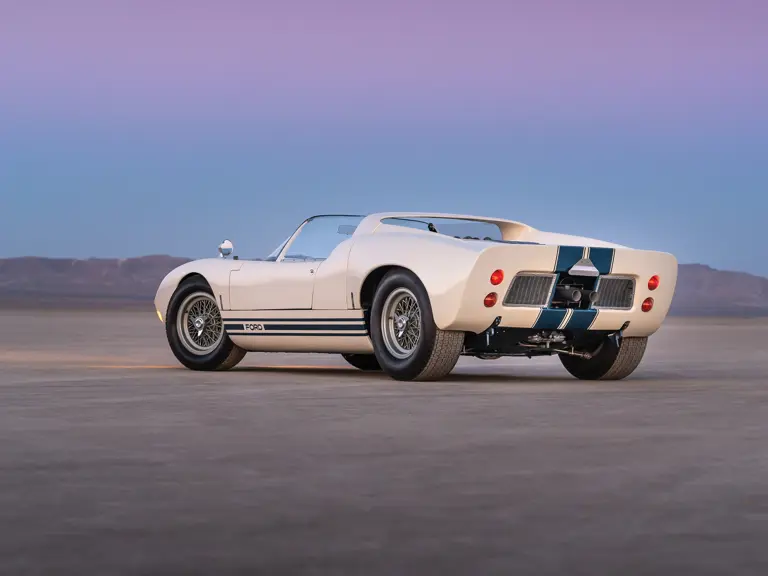
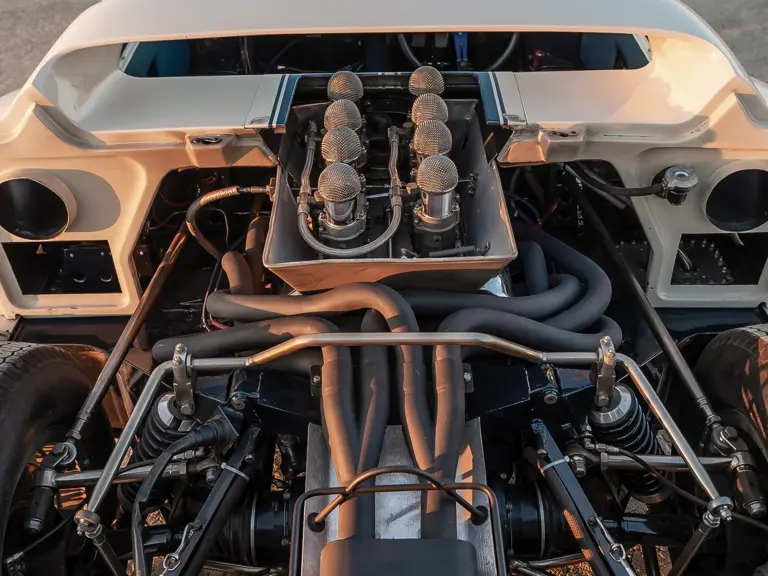
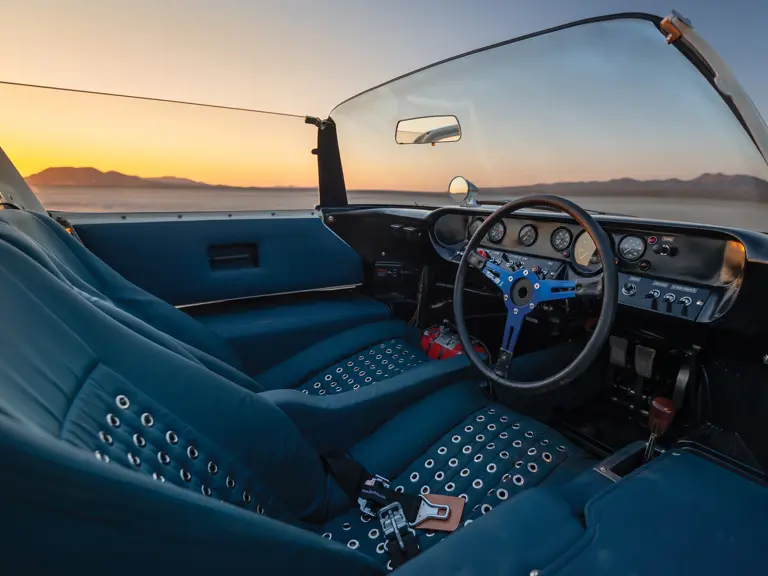
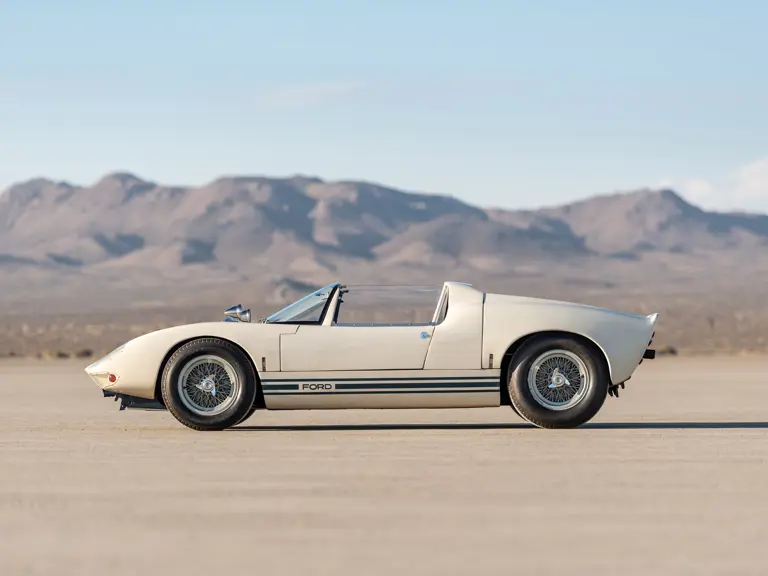
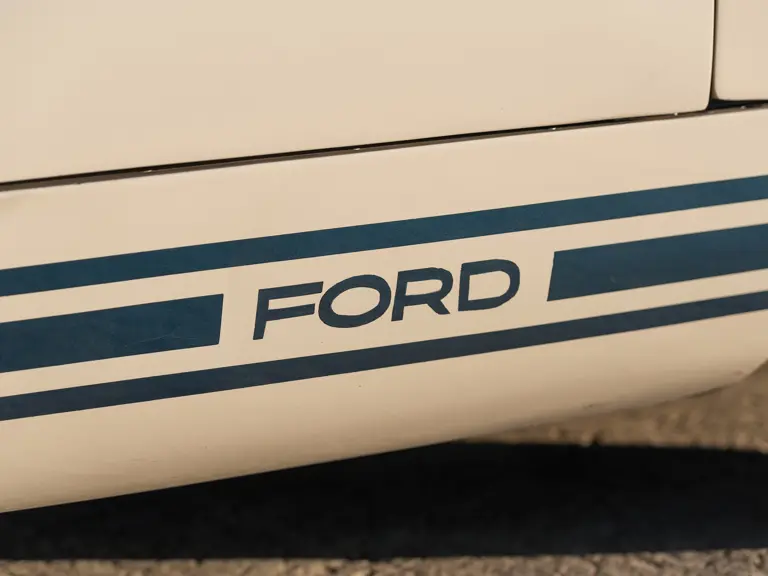
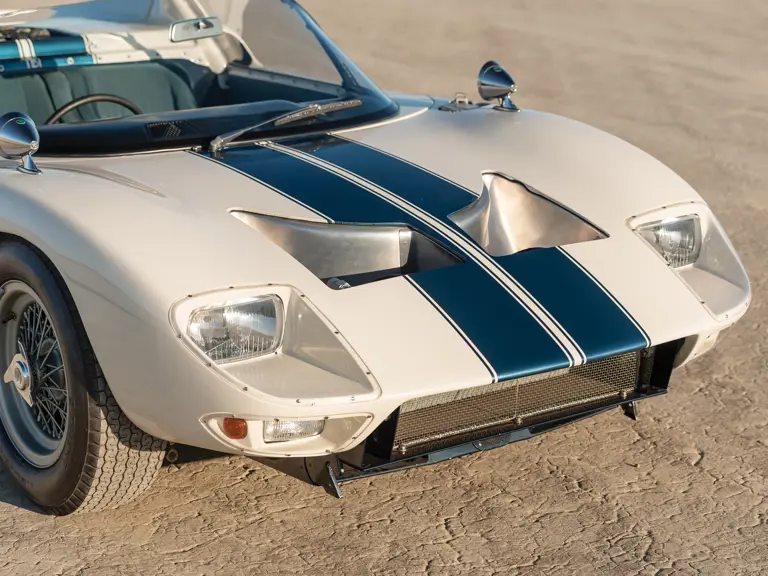
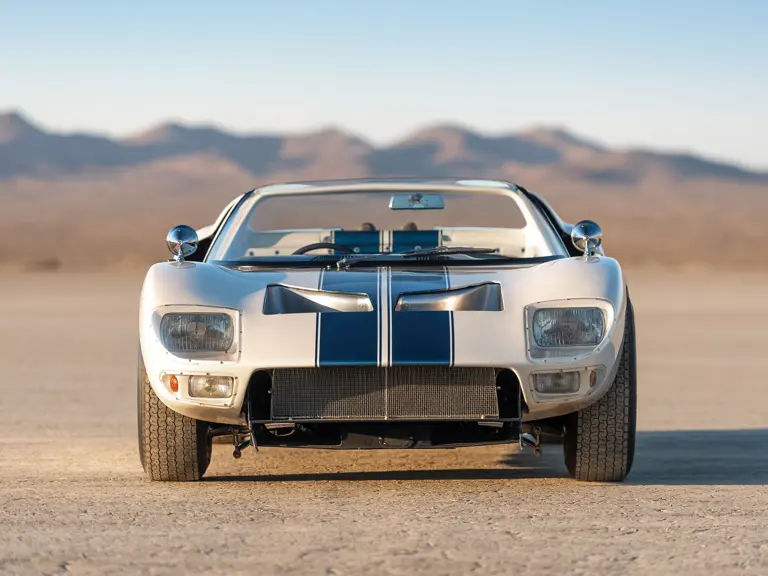
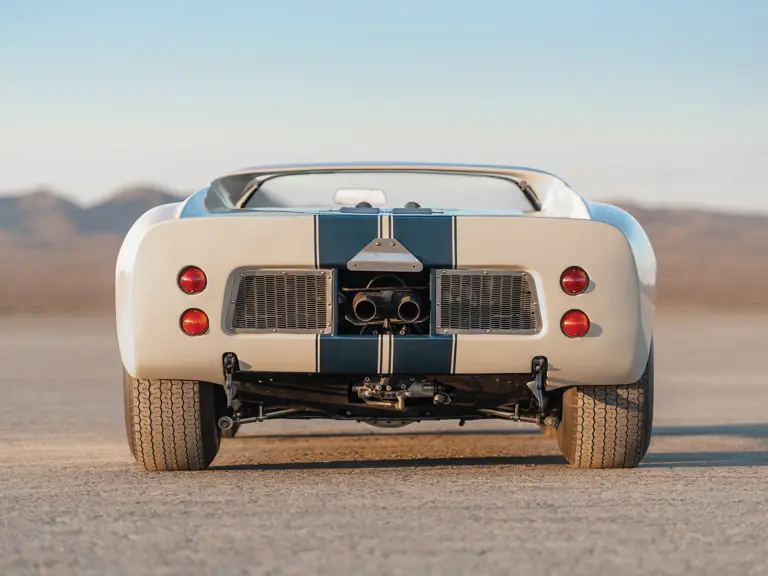

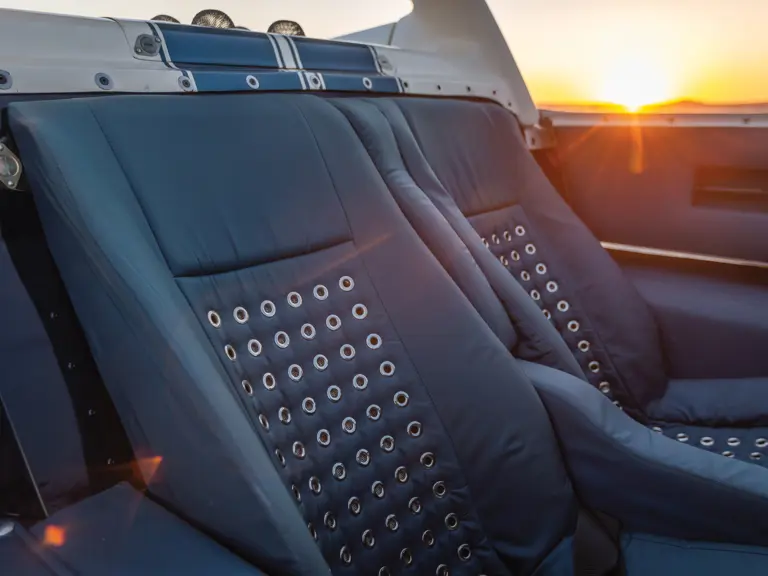
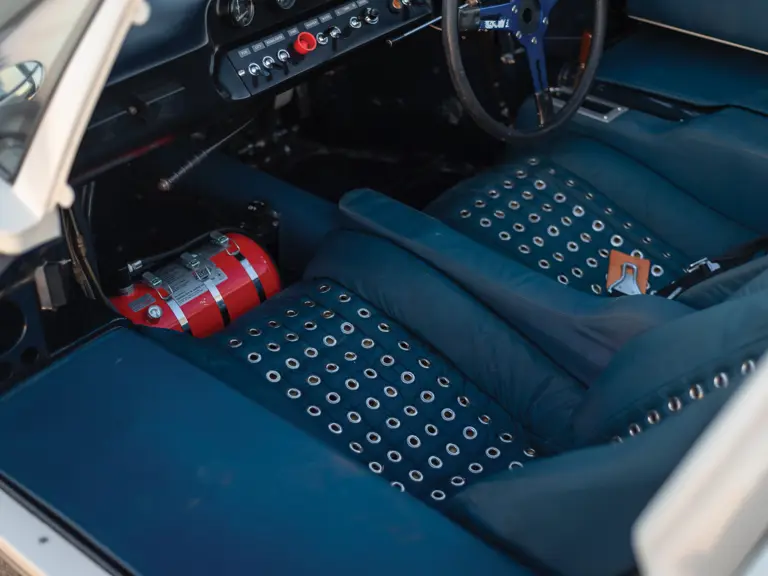
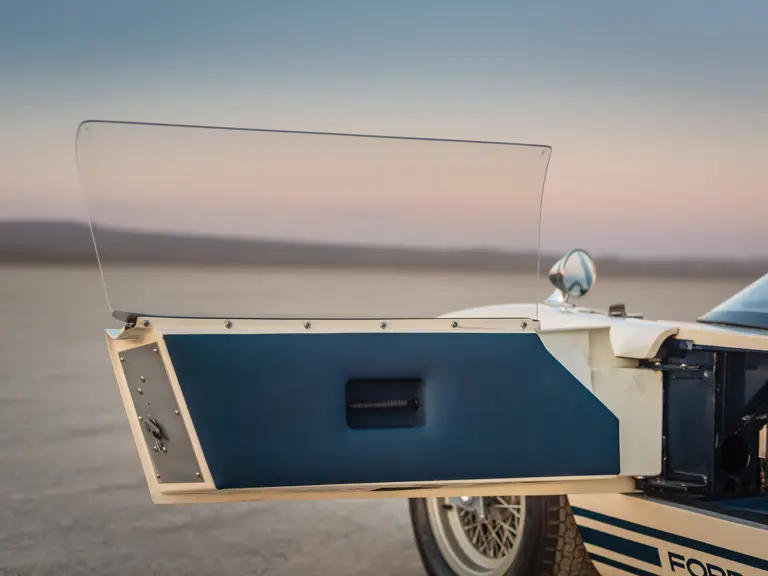
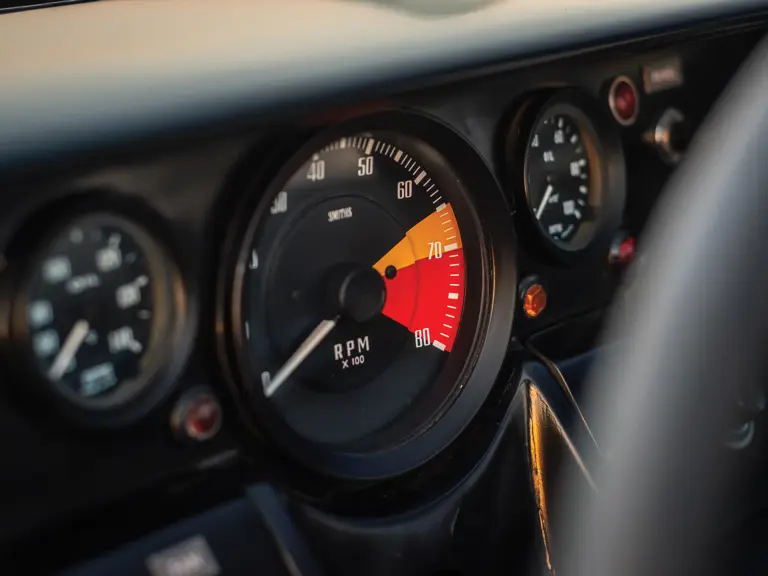
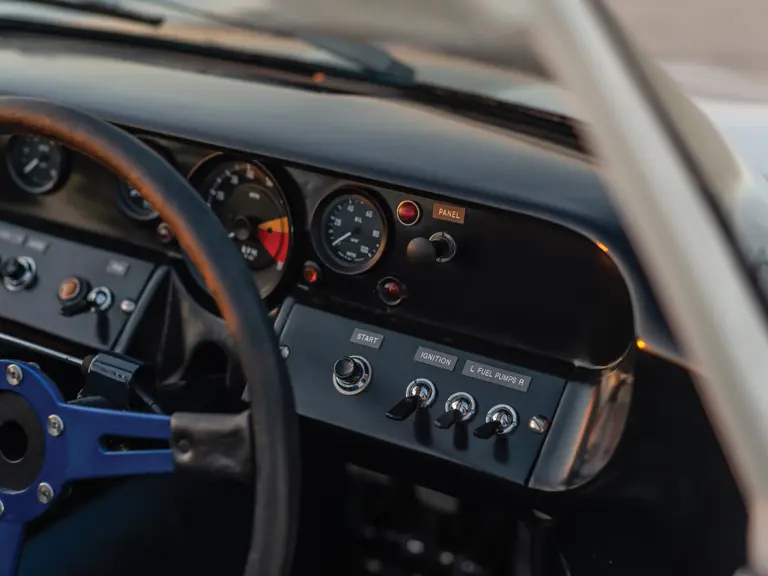
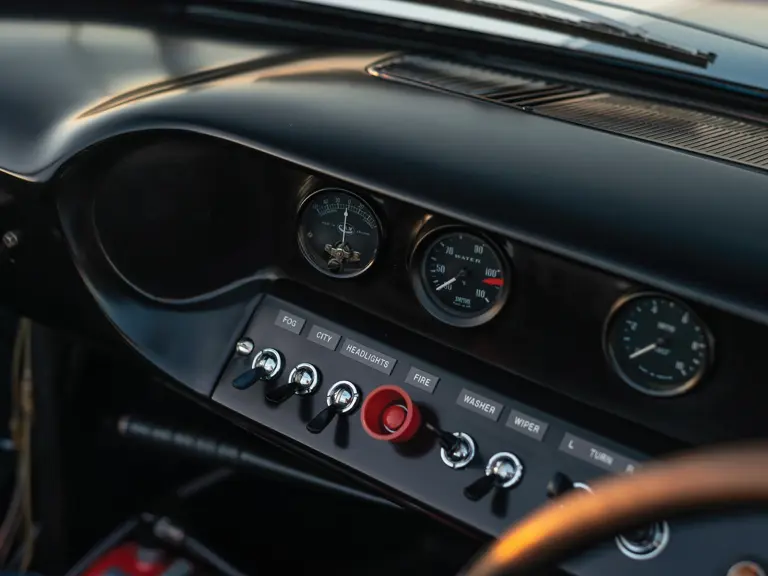

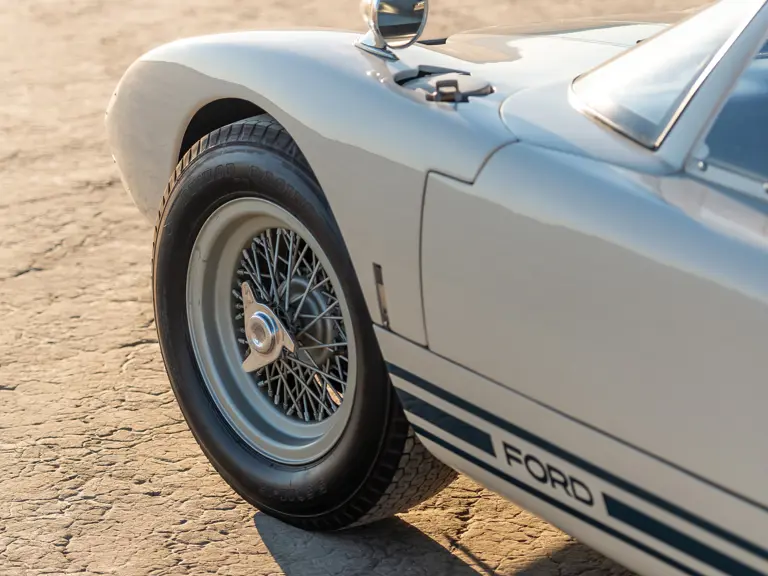
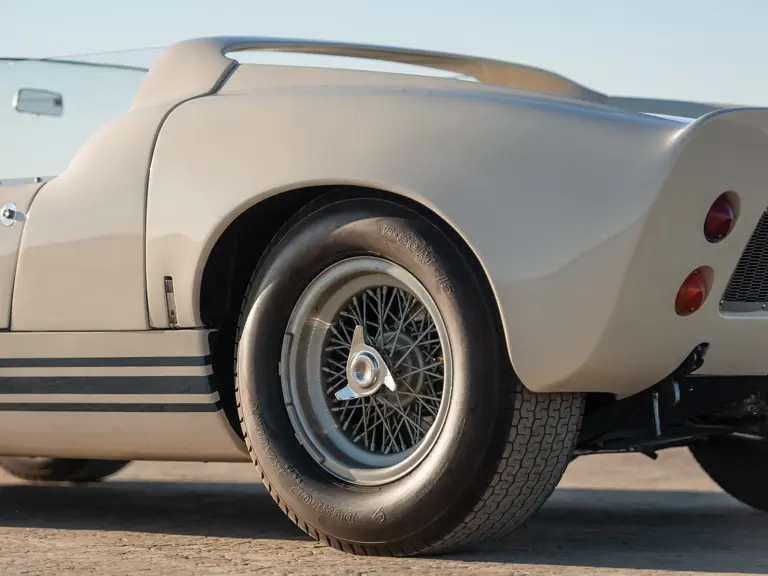
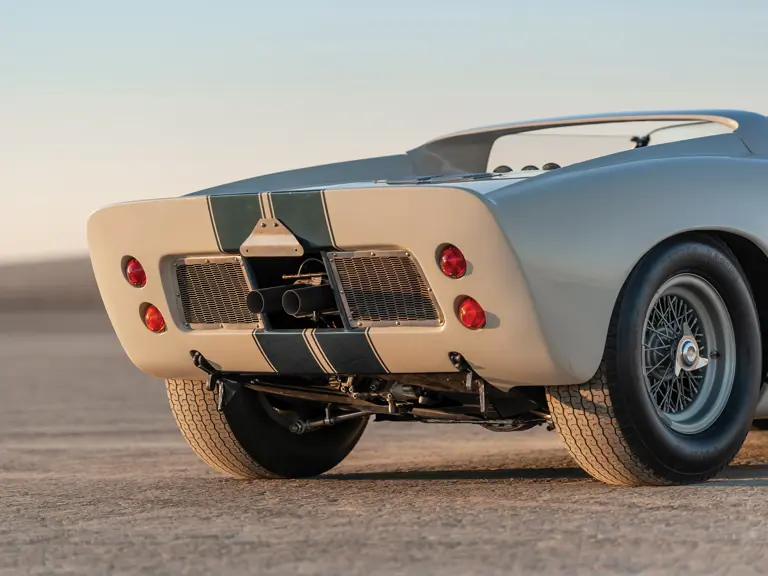
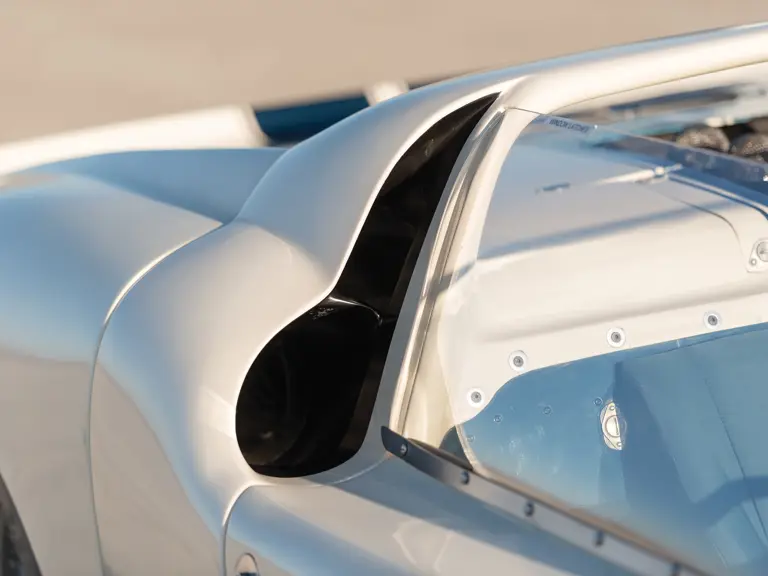
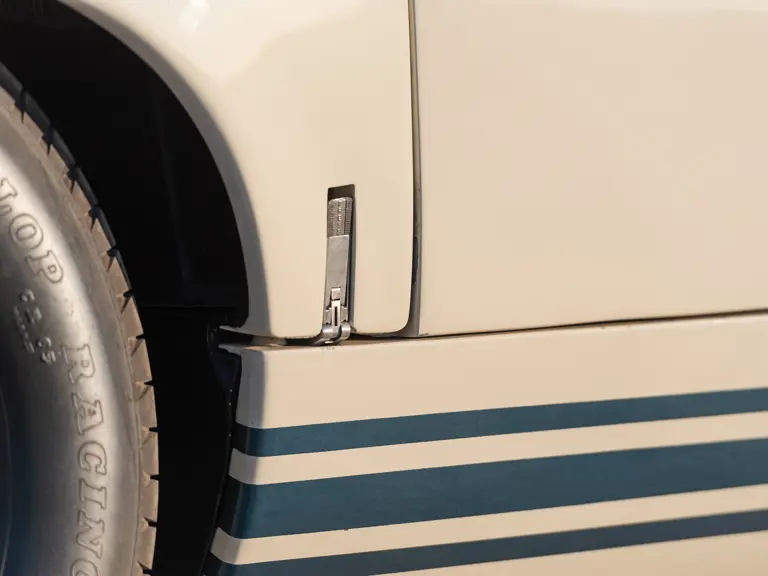
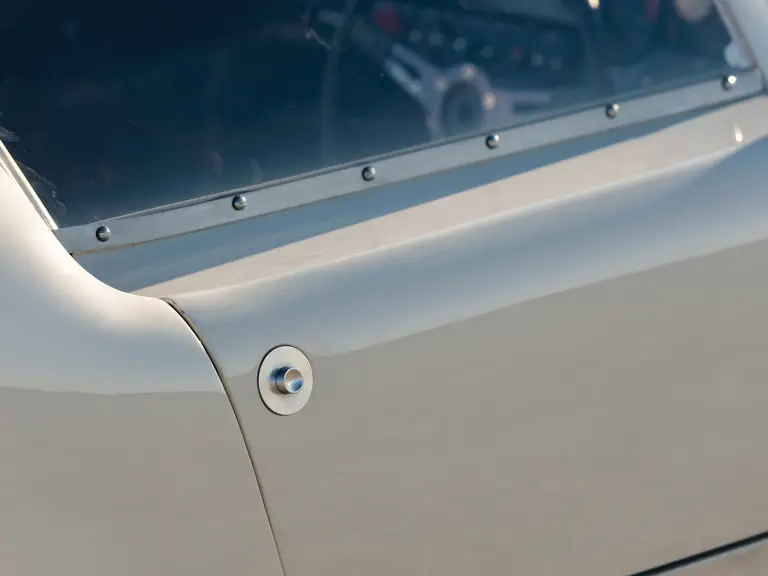
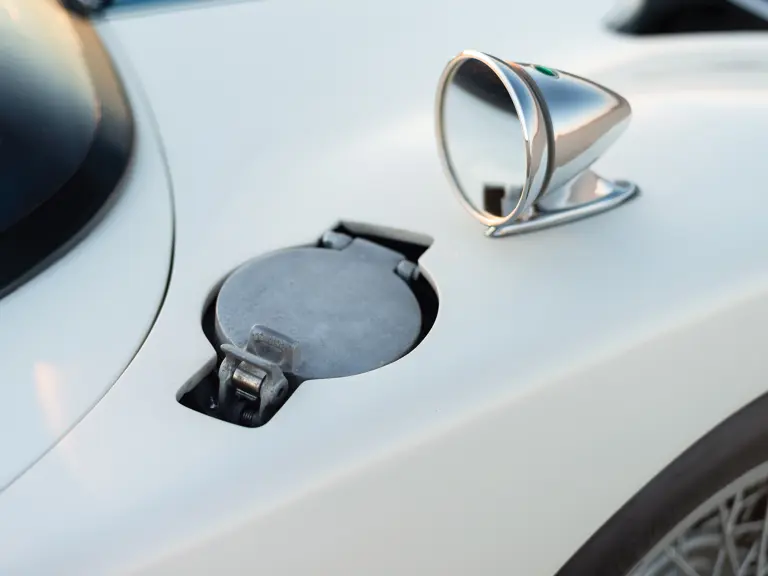

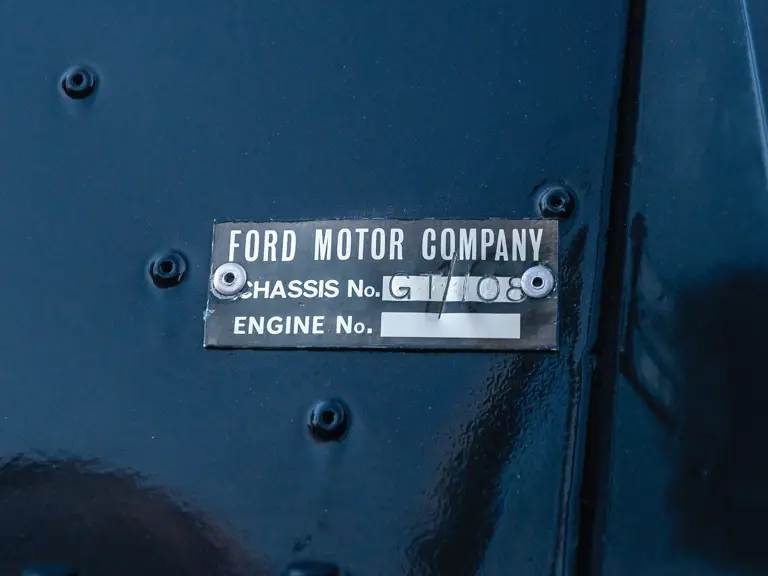
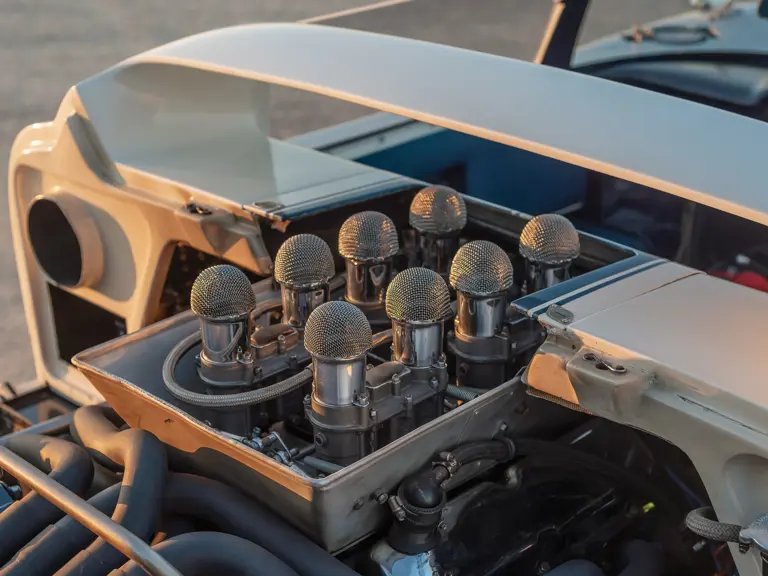
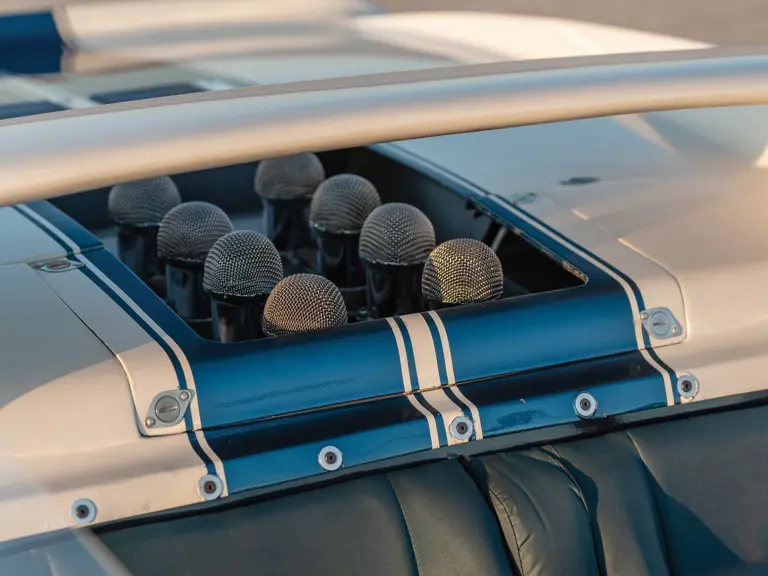
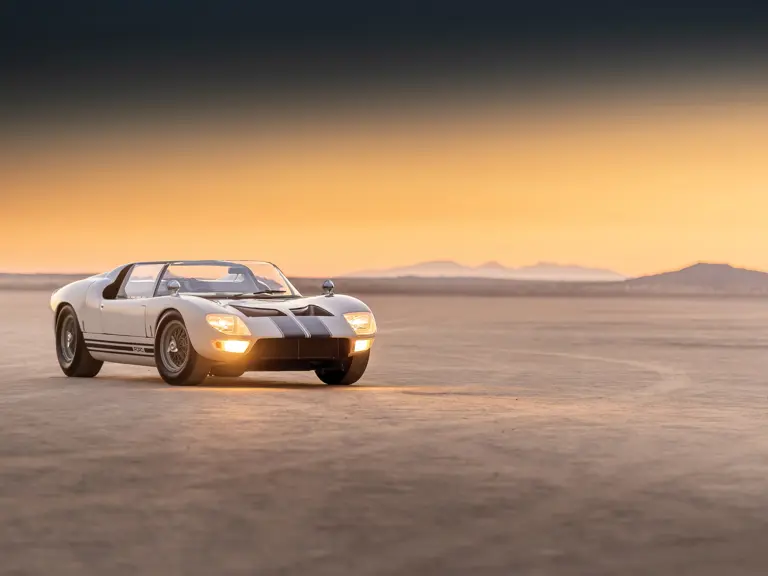
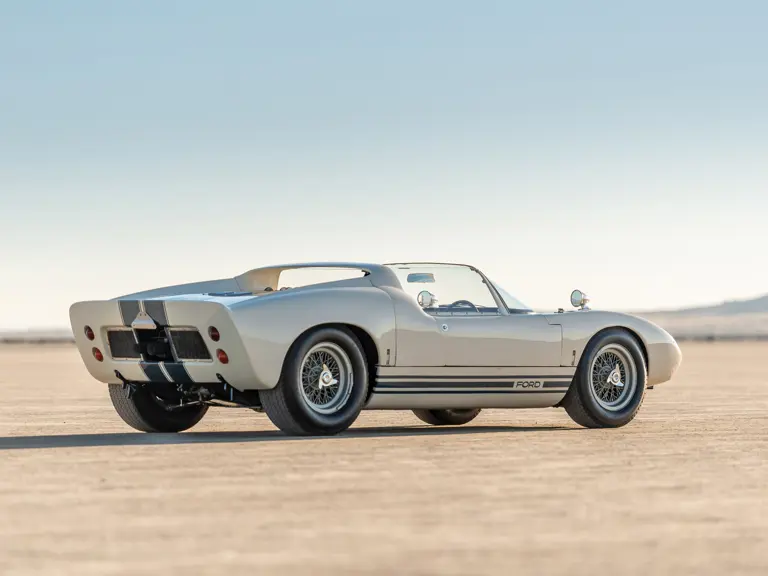
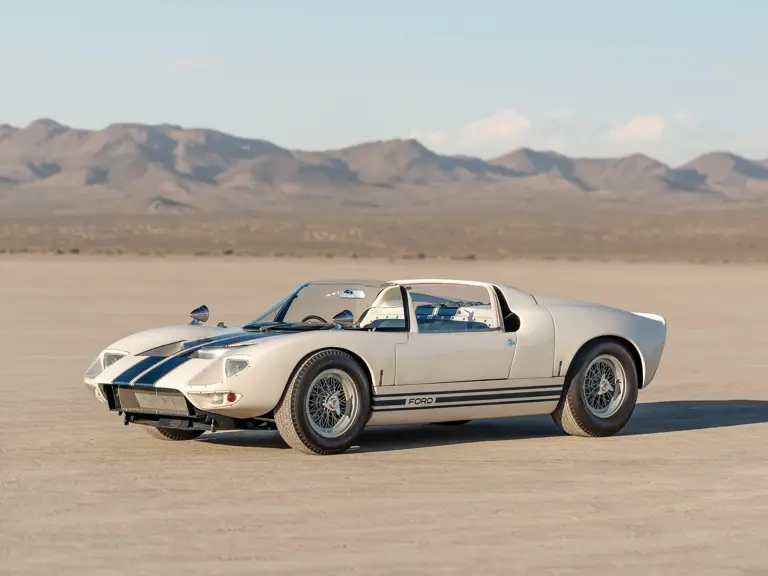

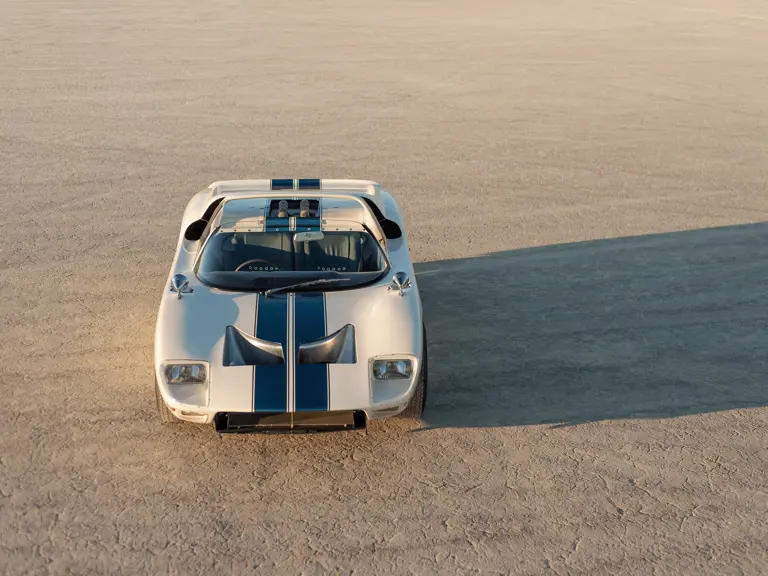
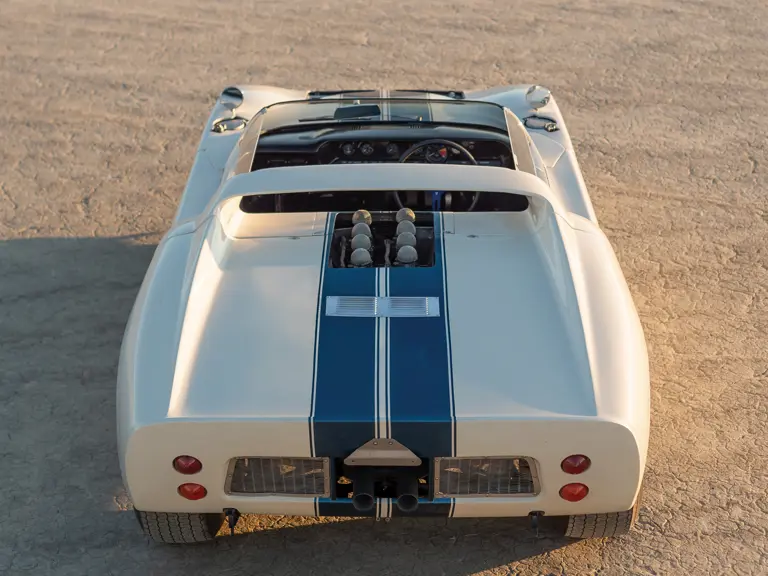
 | Monterey, California
| Monterey, California
